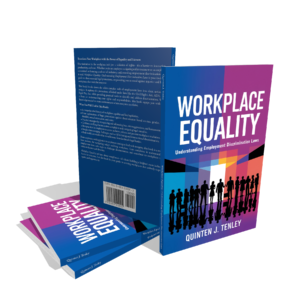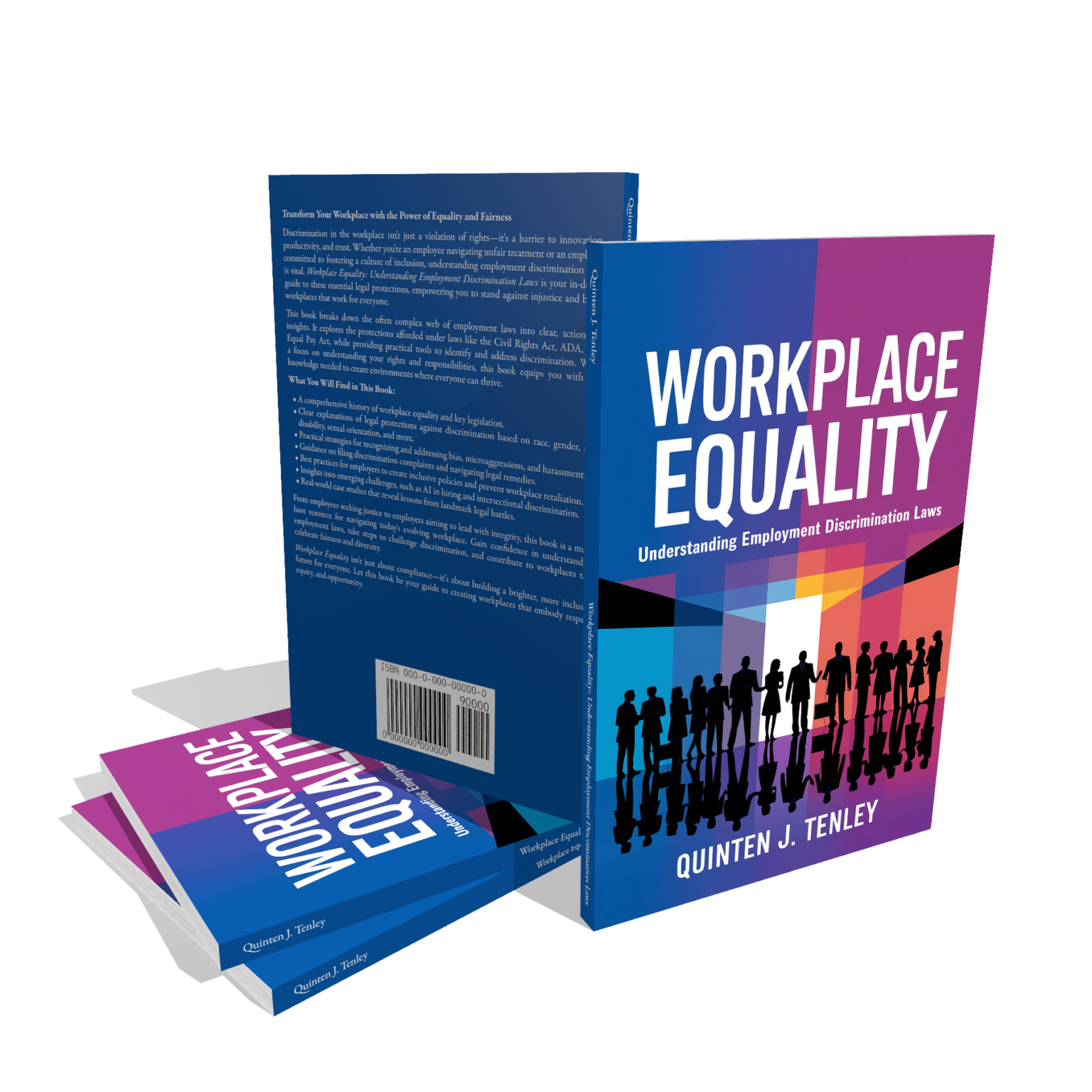Workplace Equality: Understanding Employment Discrimination Laws – Complete Guide to Workplace Rights and Legal Protection

Nearly 60% of employees have experienced workplace discrimination, making understanding employment discrimination laws more critical than ever. If you’ve ever felt uncertain about your rights at work or wondered how to create a truly inclusive workplace, “Workplace Equality: Understanding Employment Discrimination Laws” provides the comprehensive framework you need. This essential guide cuts through complex legal jargon to deliver practical strategies for both employees and employers navigating today’s diverse work environment.
Unlike other workplace equality resources that focus solely on compliance, this book combines legal expertise with real-world case studies and actionable insights. Whether you’re an employee seeking to understand your rights or an employer committed to building an inclusive culture, you’ll discover proven strategies for recognizing bias, preventing discrimination, and fostering genuine workplace equality that goes beyond basic legal requirements.
What You’ll Discover
- Master Employment Discrimination Laws: Comprehensive breakdown of Civil Rights Act, ADA, and other crucial legislation with clear explanations that eliminate confusion about your legal protections
- Recognize Workplace Bias and Microaggressions: Learn practical techniques for identifying subtle forms of discrimination and harassment in any workplace setting
- Navigate Complaint Filing and Legal Remedies: Step-by-step guidance for documenting incidents, filing discrimination complaints, and understanding your legal options
- Implement Inclusive Workplace Strategies: Proven methods for creating bias training programs, diverse hiring panels, and policies that prevent workplace retaliation
- Address Emerging Workplace Challenges: Understand how AI in hiring processes and intersectional discrimination impact modern workplace equality
- Transform Workplace Culture Through Empowerment: Build confidence to advocate for yourself and others while fostering environments where everyone feels valued and respected
Why This Book Matters
Workplace discrimination isn’t just a legal issue—it’s a barrier to reaching your full professional potential. This book empowers you with the knowledge to recognize your rights, understand complex employment laws, and take meaningful action when discrimination occurs. The author’s expertise shines through practical strategies that address real workplace challenges, from subtle microaggressions to systemic bias in hiring and promotion practices.
For employers, this guide provides invaluable insights into creating genuinely inclusive policies that go beyond mere compliance. You’ll learn how to implement effective bias training, establish diverse hiring practices, and build workplace cultures that celebrate differences while maintaining legal protection. The book’s focus on emerging challenges like artificial intelligence in recruitment ensures you’re prepared for the future of workplace equality.
Key Features
This comprehensive ebook spans multiple chapters covering essential employment discrimination laws, bias recognition techniques, and practical implementation strategies. Available as an instant digital download, you’ll receive immediate access to legal frameworks, real-world case studies, and actionable worksheets for hands-on practice. The format allows for easy reading on any device, with printable exercises for workplace training sessions. Also available as audiobook on Google Play Books and Spotify for convenient listening during commutes or workouts.
Frequently Asked Questions
How does this workplace equality guide help with real discrimination issues?
This book provides practical tools for documenting incidents, understanding your legal rights, and filing effective complaints. It includes real case studies showing how employment discrimination laws apply in actual workplace situations, giving you confidence to address bias and harassment when they occur.
What makes this employment discrimination laws resource different from free online information?
Unlike scattered online resources, this comprehensive guide presents complex legal concepts in clear, actionable language. It combines current legislation with emerging workplace challenges like AI bias, providing both historical context and forward-thinking strategies for modern workplace equality issues.
Can employers use this book to improve their workplace inclusion strategies?
Absolutely. The book offers detailed guidance for developing bias training programs, creating inclusive hiring practices, and establishing policies that prevent discrimination. Employers gain practical frameworks for building workplace cultures that value diversity while maintaining strong legal compliance.
Get Your Copy Today
Transform your understanding of workplace equality with this comprehensive guide to employment discrimination laws. Available for instant download at just $6.99, this ebook provides exceptional value compared to expensive legal consultations or workplace training workshops. Also available as audiobook on Google Play Books and Spotify for convenient learning. Purchase your copy through all major ebook retailers including Apple Books, Barnes & Noble, and Kobo to begin building more inclusive workplace practices today.
Watch the Video Review

